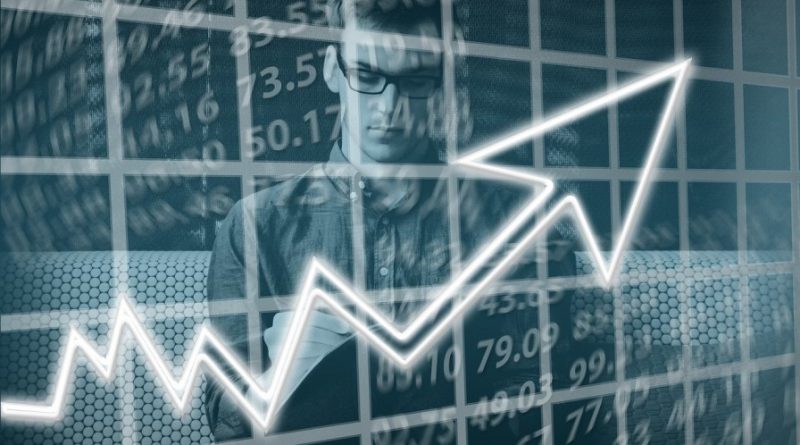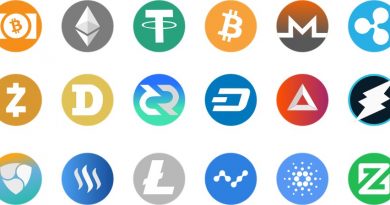Working of Margin Crypto Trading
Key points
- Working of Margin Crypto Trading
- Margin Liquidation and Margin Call
In the previous blog, we discussed Margin Crypto Trading and what it is. In this blog, we will focus on how margin crypto trading works.
Working of Margin Crypto Trading
There can be a slight difference in the rules regarding margin crypto trading across different exchanges. Yet, the basic concept of margin crypto trading across all exchanges is the same.
A margin trade starts when a trader commits a part of their total order value. The amount that is committed by the trader is known as margin. Theoretically, both margin and leverage are the same. Margin trading accounts are used by the crypto trader to create leveraged trading.
In comparing the crypto market to the stock market, futures contracts, and Forex brokerages there is a significant difference between the ratio of leverage. In the stock market, the ratio of leverage available is 2:1, and in future contracts, this ratio is equal to 15:1. In the Forex market, the leverage ratio is equal to 50:1 and some other ratios that are more common in this are 100:1 and 200:1. In a crypto market, the leverage ratio falls within the range of 2:1 to 100:1.
In margin crypto trading, the crypto-assets of a trader work as collateral. Hence, the capital borrowed by the trader for margin trading is based on their crypto assets. Traders need to understand that the margin crypto trading exchange could initiate the sales of the assets if the price of the asset falls below or go above the pre-decided threshold.
Margin Liquidation and Margin Call
In margin trading, capital is borrowed by the trader from the exchange so that he can open larger positions. To protect it and minimize risks, some rules are set by the exchanges. In a situation where the market goes against the trader, he will be required to provide extra collateral. If a trader fails to do so, the exchange will have the complete authority to sell the assets and close the position. The level at which the position is closed and assets are liquidated is known as ‘margin call level’.
In ‘Margin Liquidation’, the open position is liquidated by the exchange, when the margin level becomes very insecure. This level is known as margin liquidation level or liquidation price. Liquidation is initiated by the exchange to ensure that the loss is only of the capital deposited by the trader. Therefore, in margin liquidation, the loss is limited to the amount of capital initially used by the trader to open the position.
Disclaimer: The article is just to provide information and shouldn’t be considered as any financial advice. It is advisable to conduct thorough research before investing in any cryptocurrency.
Photo by – geralt on Pixabay




